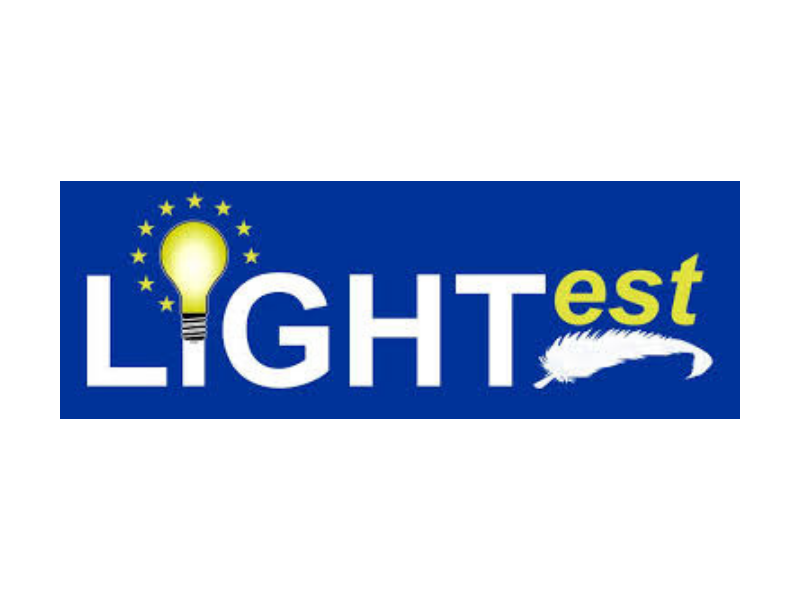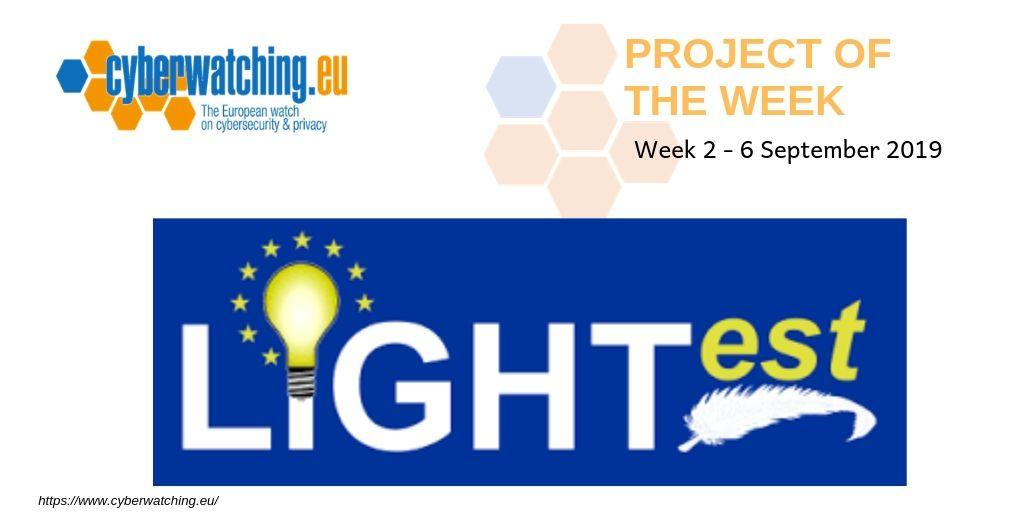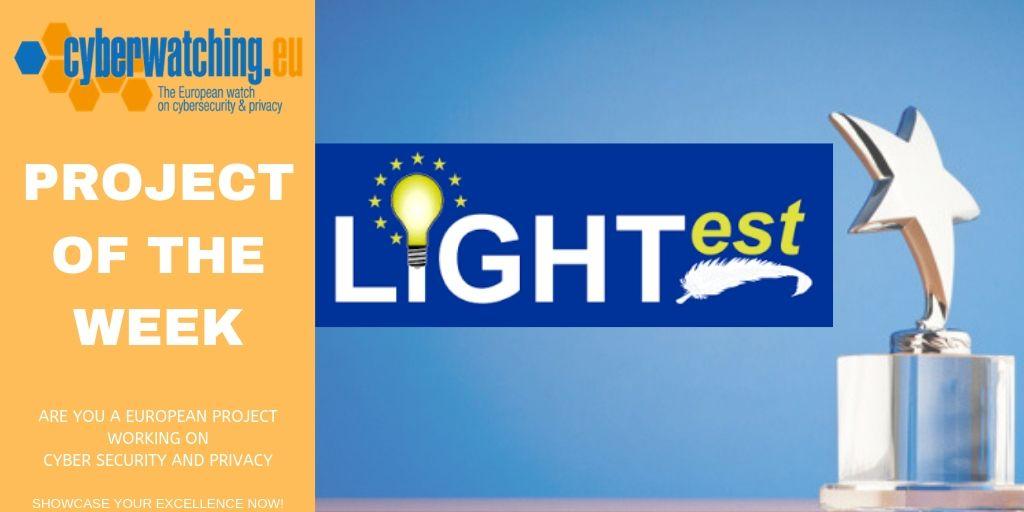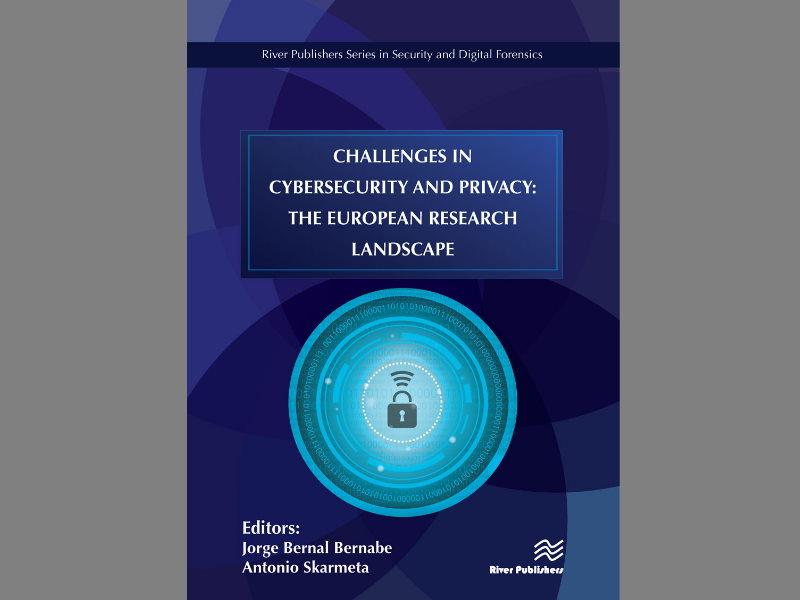
Error message
Warning: Use of undefined constant REQUEST_URI - assumed 'REQUEST_URI' (this will throw an Error in a future version of PHP) in eval() (line 2 of /var/www/html/web/modules/php/php.module(80) : eval()'d code).LIGHTest
Lightweight Infrastructure for Global Heterogeneous Trust management in support of an open Ecosystem of Stakeholders and Trust schemes
Jon Shamah
01 September 2016
30 November 2019
EC funded project
Introduction
The objective of the LIGHTest project is to create a global cross-domain trust infrastructure that renders it transparent and easy for verifiers to evaluate electronic transactions. By querying different trust authorities world-wide and combining trust aspects related to identity, business, reputation etc., it will become possible to conduct domain-specific trust decisions. These objectives will only be realised through the use of the existing domain name system.
Who is the project designed for?
LIGHTest, is building a global trust infrastructure where arbitrary authorities can publish their trust information. Setting up a global infrastructure is an ambitious objective; however, given the already existing infrastructure, organization, governance and security standards of the Internet Domain Name System, it is with confidence that this is possible. User organisations can use this to publish lists of qualified trust services, as business registrars and authorities can in health, law enforcement and justice. In the private sector, this can be used to establish trust in inter-banking, international trade, shipping, business reputation and credit rating. Companies, administrations, and citizens can then use LIGHTest open source software to easily query this trust information to verify trust in simple signed documents or multi-faceted complex transactions.
How is your project benefitting the end-user?
LIGHTest provides trust transparency for any type of interaction and enables trust decisions to be based on knowledge of the counterparty's policies and governance. It is global in nature using DNS as the underlying enabling infrastructure.
Please briefly describe the results your project achieved so far
Lightest is developing new languages and tools to describe policies and governance in order to enable machine readability. The open-source components are at a stage to deploy in demonstrators.
What are the next steps for your project?
Deployment of the 2 pilots listed in the project DOW and also the uptake of LIGHTest in other identified use cases.
Category:
- Secure systems and technology
Vertical Category:
- ICT
Resources for EU Research
Resources for SMEs
News & Events
Reports
Cyberwatching.eu has received funding from the European Union’s Horizon 2020 research and innovation programme under grant agreement No 740129. The content of this website does not represent the opinion of the European Commission, and the European Commission is not responsible for any use that might be made of such content. Privacy Policy | Disclaimer / Terms and Conditions of Use





